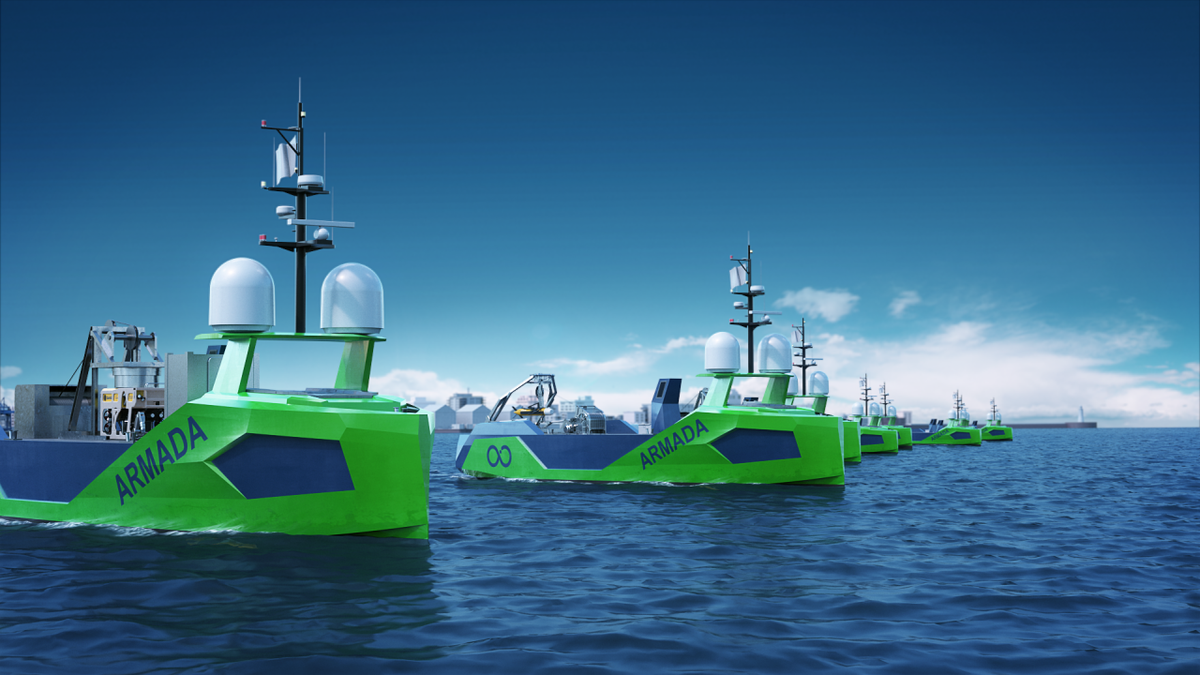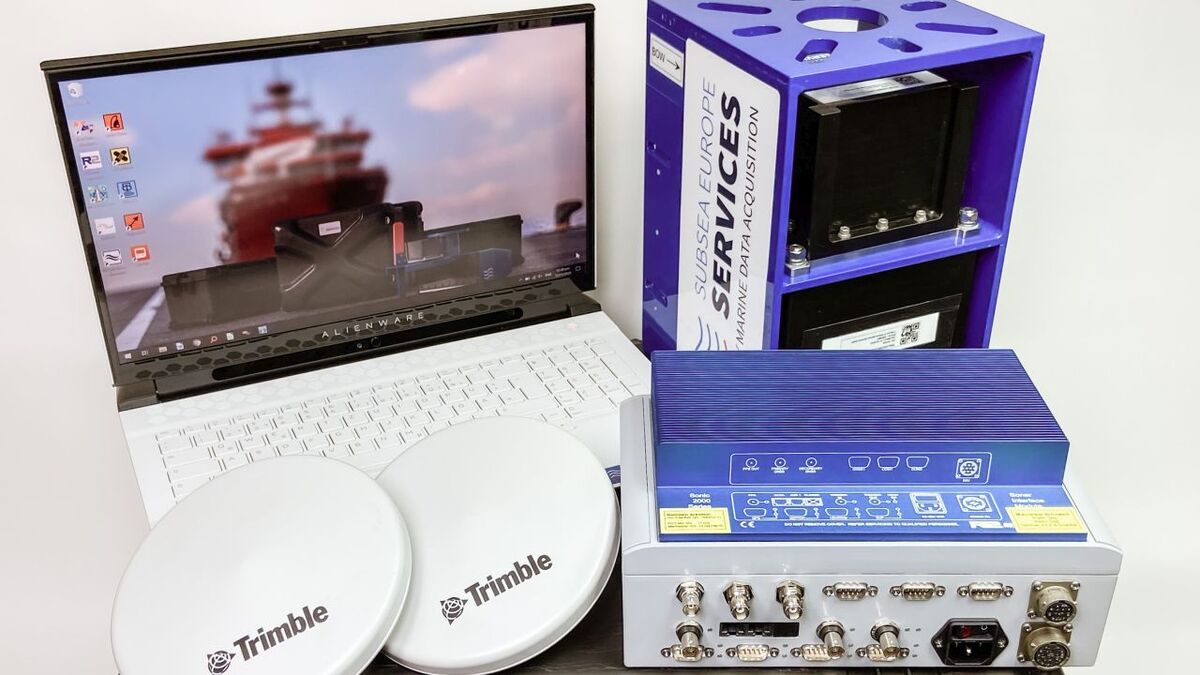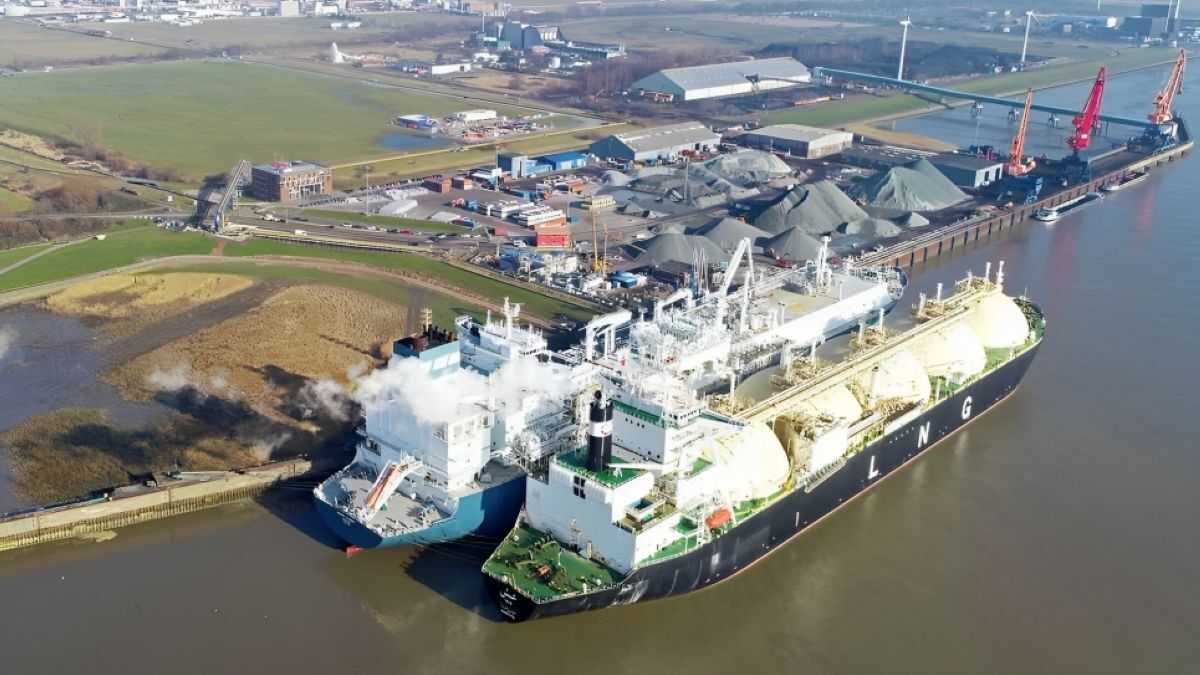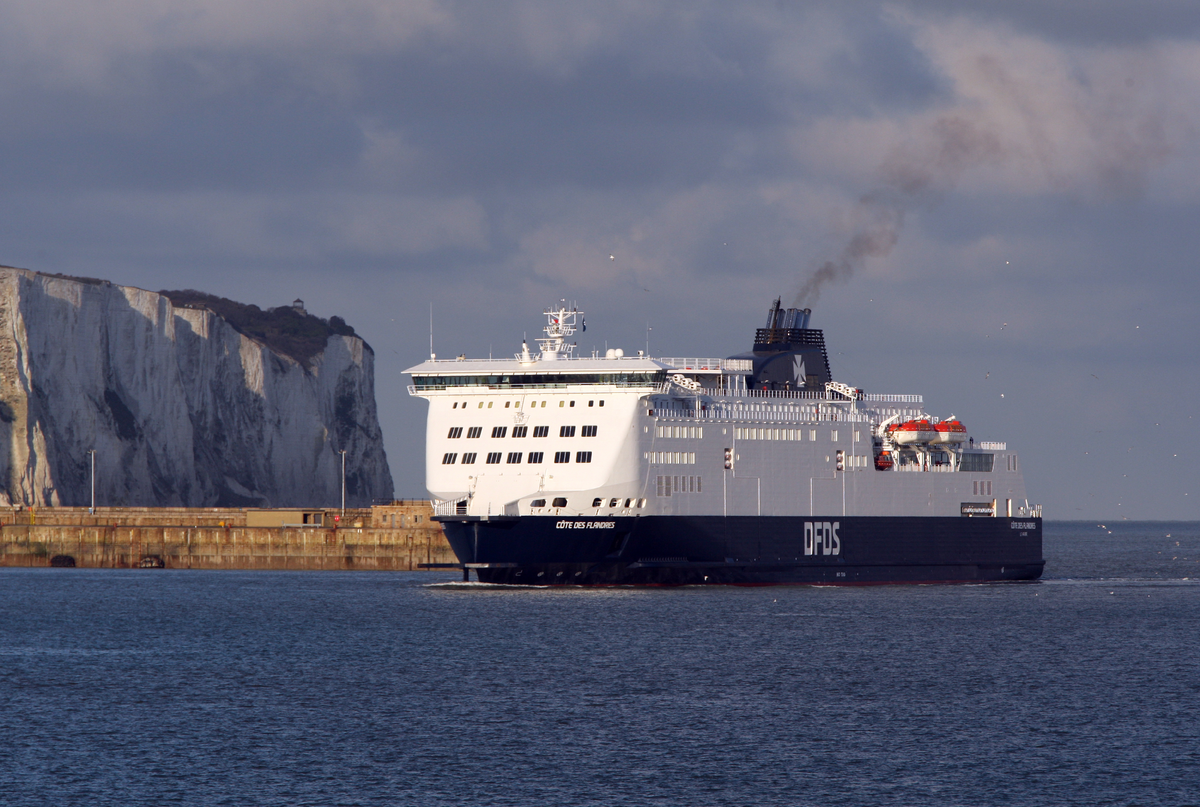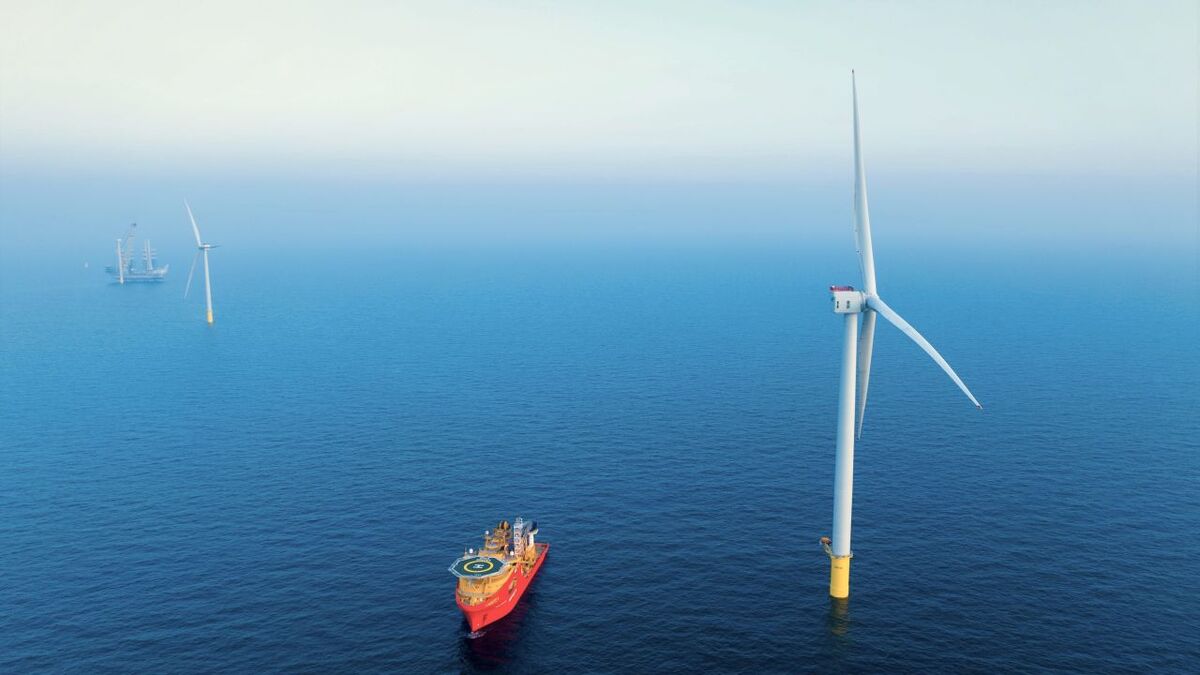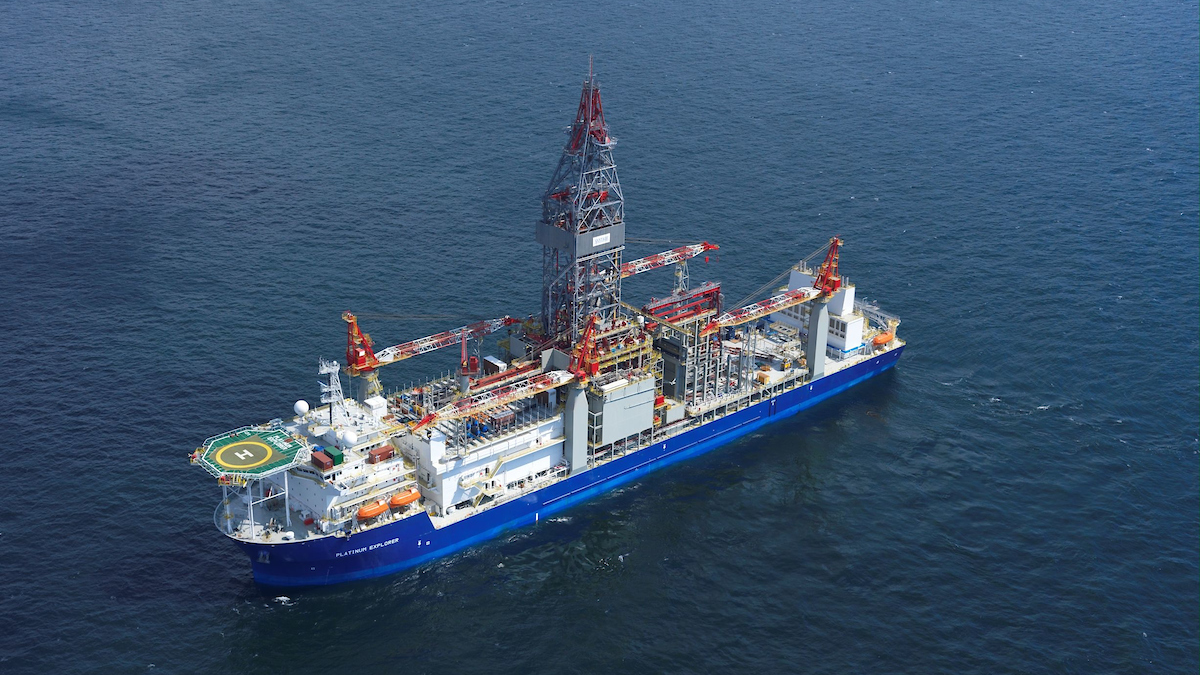Business Sectors
Events
Contents
Shell drives robot survey vessel deployment
Shell is deploying autonomous surface vessels for its global hydrocarbon exploration drive
It will use unmanned vessels with clean power and intelligent navigation to locate and identify oil and gas seeps in the world’s oceans.
Shell has signed a joint development agreement with Ocean Infinity to use a fleet of autonomous vessels to execute multi-client seep hunter projects.
Ocean Infinity has a fleet of Armada robotic ships being built by Grovfjord Mek Verksted (GMV) in Norway, ready for operation in 2021. The 21-m vessels were designed for offshore oil, gas and renewables surveys with ultra-low emissions.
Shell said these vessels will provide effective location targeting and wide-scale coverage of hydrocarbon seeps, which could become the start of new exploration campaigns.
These unmanned surveys will culminate in more reliable results, improving the focus of exploration work with fewer risks and environmental impacts.
“The deployment of the Armada fleet will mark a major technological advance in the industry and redefine traditional ways of working,” said Ocean Infinity vice president for business development in oil and gas exploration services Katya Krylova.
“Refining our ability to conduct tasks such as seep hunting using unmanned technology opens up possibilities in so many other areas,” she said. “The experience gained as a result of this collaboration could prove transferable to other offshore tasks such as carbon capture storage (CCS) monitoring,” said Ms Krylova.
GMV is building four of these vessels in an initial contract, but this could be increased to 13 vessels in the future. These vessels will be equipped with autonomous underwater vehicles for deepwater exploration coverage.
Armada vessels will have hybrid-electric propulsion with batteries, Volvo Penta direct-current generator sets and Danfoss DC grid control system.
They are collaborating with GMV to enable the Danfoss control system to optimise the use of the D8 engine for the most efficient power/consumption performance and optimal environmental footprint.
GMV is designing 36-m autonomous vessels with the same advanced vessel technology as the 21-m vessel, but with increased payload.
Autonomous vessels and intelligent navigation will be discussed during Riviera Maritime Media’s series of webinar weeks and virtual conferences - use this link to access details and register for these events
Hydrographic survey technology provider Subsea Europe Services has introduced a compact version of its integrated hydrographic survey system (iHSS).
iHSS-Compact was developed for shallow-water marine surveys. It simplifies the acquisition of commercial-grade marine data for users of any experience an any vessel.
This portable unit can be pre-configured prior to mobilisation. It can be installed and calibrated in less than two hours.
iHSS-Compact includes everything needed to acquire high-quality marine data to new [International Hydrographic Organization) IHO S-44 exclusive order standards, including an R2 Sonic 2020 wideband multibeam echosounder, I2NS inertial navigation module, survey and post-processing notebook, software and cabling. It is also available as a dual-head system allowing for more than 200º of swath coverage.
Related to this Story
Events
Maritime Environmental Protection Webinar Week
Cyber & Vessel Security Webinar Week
The illusion of safety: what we're getting wrong about crews, tech, and fatigue
Responsible Ship Recycling Forum 2025
© 2024 Riviera Maritime Media Ltd.


